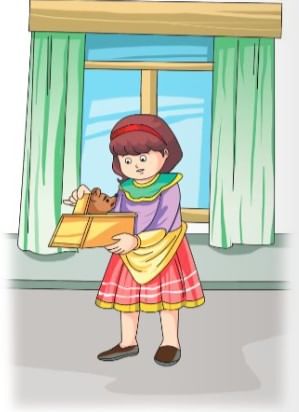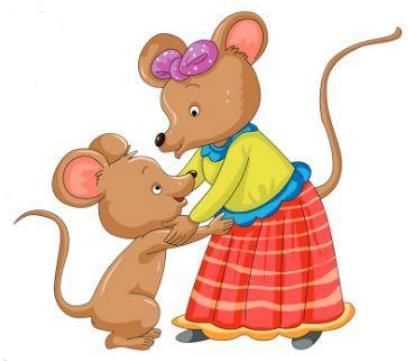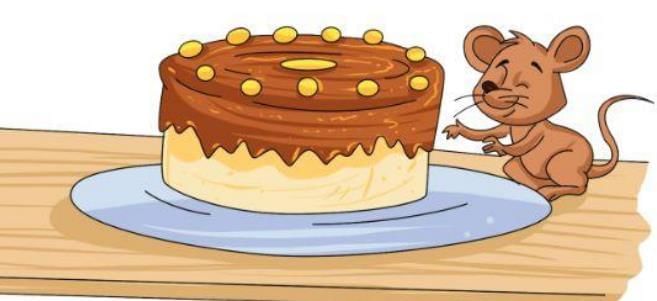The Little Thief in the Pantry Chapter Notes | English Class 2 ICSE PDF Download
| Table of contents |

|
| Introduction |

|
| Key Points |

|
| Explanation |

|
| Message |

|
Introduction
This chapter tells a fun story about a little mouse named Greywhiskers. It begins by asking what you would do if a puppy chews your shoes by mistake, teaching us to be kind. The main tale is about Greywhiskers who thinks the people in the house are nice because they leave food in the pantry. His mother warns him to be careful, but he goes exploring alone. He eats a birthday cake, gets caught in a trap, and is saved by a kind girl named Ethel. In the end, he learns to listen to his mother.
Key Points
This story is about a young mouse named Greywhiskers and his adventures in a pantry, where he learns to obey his mother after facing danger.
- Greywhiskers thinks the people are kind because they leave food in the pantry.
- His mother warns him not to leave the mouse hole without her to stay safe.
- He sneaks out and eats part of a birthday cake meant for Ethel.
- Greywhiskers gets caught in a trap while trying to take cheese.
- Ethel, a kind girl, feels sorry for him and sets him free from the trap.
- He returns home and promises his mother to never disobey her again.
Explanation
Greywhiskers, a young mouse, believes the humans are nice because they keep food in the pantry. His mother smiles but warns him to stay with her to avoid danger. Ignoring her advice, Greywhiskers explores the pantry while she naps.

He finds an iced cake, eats some of it, and runs back before his mother wakes. She notices the cake is damaged and thinks another mouse ate it. The next day, he again sneaks out and finds a wooden house with cheese inside. It turns out to be a trap, and he gets caught.

The cook plans to drown him, but Ethel feels sorry and lets him go. Greywhiskers runs home, and his mother comforts him, making him promise to obey her, which he does.
Message
The story teaches us to be kind even when others make mistakes, like Ethel saving Greywhiskers. It also shows the importance of listening to our parents or elders to stay safe, as Greywhiskers learns after his adventure.New Words with Meanings
- Pantry: A small room where food and kitchen items are kept.
- Curled herself up: Lying down with arms and legs close to the body.
- Iced cake: A cake decorated with colorful sugar paste on top.
- Sniffed: Smelling something by taking in air through the nose.
- Nibbling: Eating something by taking very small bites.
- Trap: A special box for catching mice.
- Drown: Killing an animal by putting it under water.
- Squeaked: Making a short, very high sound.
- Tender-hearted: Kind and gentle.
- Popped: Coming out quickly.
- Petted: Touching in a gentle and kind way.
|
38 docs|19 tests
|
FAQs on The Little Thief in the Pantry Chapter Notes - English Class 2 ICSE
| 1. What is the main theme of "The Little Thief in the Pantry"? |  |
| 2. Who are the main characters in "The Little Thief in the Pantry"? |  |
| 3. What lesson does the little thief learn by the end of the story? |  |
| 4. How does the story illustrate the impact of theft on relationships? |  |
| 5. What techniques does the author use to engage young readers in "The Little Thief in the Pantry"? |  |














